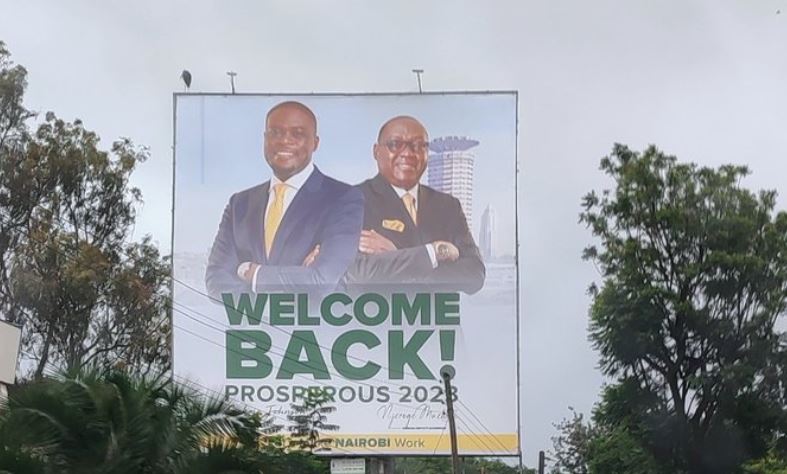Governor Sakaja of Nairobi has recently faced criticism over the “Welcome Back” billboards that were erected around the city as part of the reopening of the city after the COVID-19 lockdown. Some have argued that the billboards, which feature the governor’s face prominently, are a form of self-promotion and a waste of taxpayer money.
In response to this criticism, Governor Sakaja has defended the billboards, stating that they were necessary in order to communicate the reopening of the city to residents and businesses. He has also pointed out that the billboards were funded through private sponsorships, and not through taxpayer money.
Furthermore, Governor Sakaja has emphasized that the reopening of the city was a collaborative effort between the county government, the national government, and various private sector partners. He has argued that the “Welcome Back” campaign was a way to thank these partners and to recognize their contributions in the reopening process.
While it is understandable that some may view the billboards as self-promotion, it is important to recognize the larger context in which they were erected. The COVID-19 pandemic has had a significant impact on the city of Nairobi, and the reopening process has been a difficult and complex undertaking. It is therefore understandable that the county government would want to communicate this reopening to the public and to recognize the efforts of those who have helped in this process.
Overall, while the “Welcome Back” billboards may have been controversial, they were a necessary part of the reopening process and were not intended as self-promotion by Governor Sakaja. It is important to recognize the context in which they were erected and to consider the larger efforts that went into the reopening of the city.



